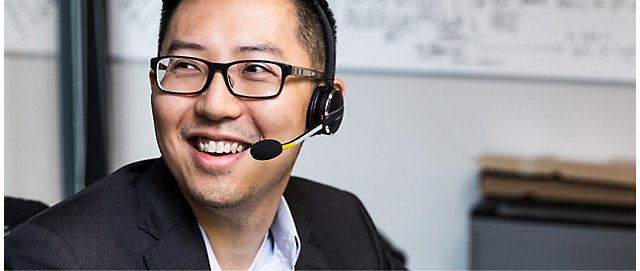KUKA wanted to reduce the complexity and time required for programming their robots to address a growing skills gap and accelerate project timelines.
The iiQWorks.Copilot, built with Microsoft Azure OpenAI in Foundry Models and Azure AI Search, uses natural language to generate code and simulate robot workflows, supporting a broader range of users.
Programming can be done up to 80% faster for simple tasks, expanding access to robotics tools and automation while improving flexibility. As a result, industrial robots can be deployed more quickly and safely across teams and environments.













Follow Microsoft